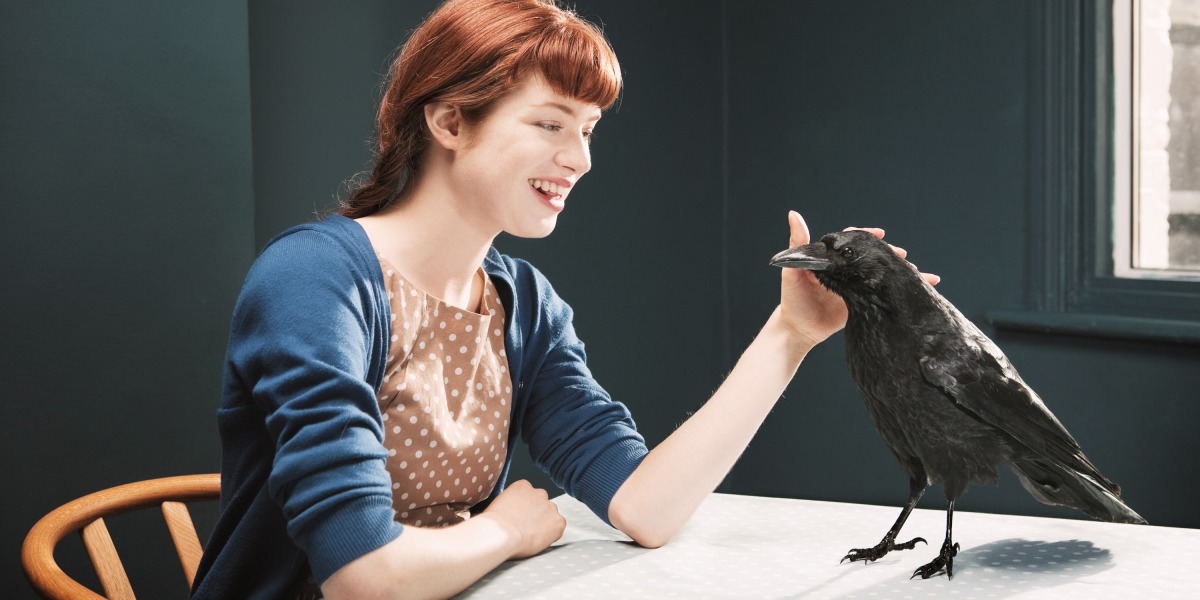
There are about 50 species of corvids around the world, and they behave differently from each other. They’re not the only intelligent birds around, but in general, corvids are smart in a way that resonates deeply with humans, because they’re good at some of the things that we are good at, says Kevin McGowan, a Cornell ornithologist who has been studying crows for 35 years.
A 2020 study published in Science found that crows can think about their own thoughts. Crows can recognize individual human faces, associate them with friendliness or danger, and pass that knowledge along to their pals.
“Their social system is the most like Western human civilization of any animal that I know of,” McGowan says. American crows “have a family and a space that they defend, but they also have a neighborhood that they pay attention to.” And crows will interact with larger groups of crows that they don’t know as well, sort of the way how humans will engage with their communities beyond their closest relationships.
But they’re also cautious. “Crows have been paying attention to individual people more than perhaps any other bird,” McGowan adds. At first, this was mostly for their own protection. Historically, particularly on the US East Coast, American-dwelling crows were shot as vermin. Human interest in feeding them is relatively new.
The crows hated McGowan when he first started studying them in the 1990s, he says, because he was climbing up in the trees to peer into their nests. They learned his face, his car, his routines. “They chased my car down the street, mobbing me,” he says.
After a particularly motivated crow spotted him from far away on Cornell’s campus and flew over to yell at him, he decided something needed to change. “I wanted to make the crows like me,” he says. “And so I decided that I would start tossing peanuts to them”—initially from a distance. Even the birds who knew him were extremely wary of approaching him for food at first. But eventually it worked. “I had a friend who said that the crows must have had some kind of cognitive dissonance, like ‘Oh no, the tree-climbing guy is the peanut guy,’” he says. Now the crows follow his car and stalk his walks, because they know he might have a treat for them.
When we talked, Steinke was happy to outline for me how I might go about feeding some crows. First, she said, you have to find them. That box was already checked for me: a neighbor had clued me in to a family that lived down the block and frequented the tall trees growing in the alley behind my house. Then, she said, try to get them to approach the feeding location of your choice by leaving some treats. I put out dry cat food.
As weeks passed, I peered out the back door of my townhome onto our roof deck, watching how my possible new friends reacted. They didn’t come. Then it rained for a week. I was irritated that the crows seemed not to care that I had a story deadline.
